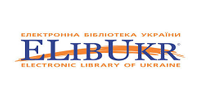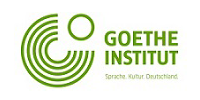Дайджест з інженерії

Україна та світ | Дайджест з інженерії | Січень-Лютий 2024
ІНДУСТРІЯ 4.0
![]() Industry 4.0 implementation is a hot topic among manufacturing organizations to reach smart factory status and integrate a fully connected ecosystem. Achieving such a transition presents notable challenges for Small and Medium Enterprises (SMEs) since they often face resource and skilled personnel limitations. This study, «Modular Ontology to Support Manufacturing SMEs Toward Industry 4.0» developed a domain ontology to represent various stages of maturity toward I4.0 implementation. Ontology provides a tool for SMEs to self-assess in situations of machines, processes, and factories for the dimensions of control, integration, and intelligence.
Industry 4.0 implementation is a hot topic among manufacturing organizations to reach smart factory status and integrate a fully connected ecosystem. Achieving such a transition presents notable challenges for Small and Medium Enterprises (SMEs) since they often face resource and skilled personnel limitations. This study, «Modular Ontology to Support Manufacturing SMEs Toward Industry 4.0» developed a domain ontology to represent various stages of maturity toward I4.0 implementation. Ontology provides a tool for SMEs to self-assess in situations of machines, processes, and factories for the dimensions of control, integration, and intelligence.
ЦИФРОВІ ДВІЙНИКИ
![]() As Industry 4.0 networks continue to evolve rapidly, they are becoming increasingly complex and distributed. These networks incorporate a range of technologies that are integrated into smart manufacturing systems, requiring adaptability, security, and resilience. However, managing the complexity of Industry 4.0 networks presents significant challenges, particularly in terms of security and the integration of diverse technologies into a functioning and efficient infrastructure. To address these challenges, emerging digital twin standards enable the connection of various systems by linking individual digital twins, creating a system of systems. In this study «Digital Twins: Enabling Interoperability in Smart Manufacturing Networks» it will be demonstrated how the myriad of technologies and systems in Industry 4.0 networks can be connected through the use of digital twins to create a seamless “system of systems”.
As Industry 4.0 networks continue to evolve rapidly, they are becoming increasingly complex and distributed. These networks incorporate a range of technologies that are integrated into smart manufacturing systems, requiring adaptability, security, and resilience. However, managing the complexity of Industry 4.0 networks presents significant challenges, particularly in terms of security and the integration of diverse technologies into a functioning and efficient infrastructure. To address these challenges, emerging digital twin standards enable the connection of various systems by linking individual digital twins, creating a system of systems. In this study «Digital Twins: Enabling Interoperability in Smart Manufacturing Networks» it will be demonstrated how the myriad of technologies and systems in Industry 4.0 networks can be connected through the use of digital twins to create a seamless “system of systems”.![]() Digital Twins (DTs) are considered key components in smart manufacturing. They bridge the virtual and real world with the goal of modeling, understand, predict, and optimize their corresponding real assets. Such powerful features can be exploited in order to optimize the manufacturing process. In the paper «Digital twin composition in smart manufacturing via Markov decision processes», the researchers propose an approach, based on Markov Decision Processes (MDPs) and inspired by Web service composition, to automatically propose assigning devices to manufacturing tasks.
Digital Twins (DTs) are considered key components in smart manufacturing. They bridge the virtual and real world with the goal of modeling, understand, predict, and optimize their corresponding real assets. Such powerful features can be exploited in order to optimize the manufacturing process. In the paper «Digital twin composition in smart manufacturing via Markov decision processes», the researchers propose an approach, based on Markov Decision Processes (MDPs) and inspired by Web service composition, to automatically propose assigning devices to manufacturing tasks.
РОЗУМНЕ ВИРОБНИЦТВО
![]() Motor faults not only damage the motor body but also affect the entire production system. When the motor runs in a steady state, the characteristic frequency of the fault current is close to the fundamental frequency, so it is difficult to effectively extract the fault current components, such as the broken rotor bar. In this paper «Vibration Analysis for Fault Diagnosis in Induction Motors Using One-Dimensional Dilated Convolutional Neural Networks», according to the characteristics of electromagnetic force and vibration, when the rotor eccentricity and the broken bar occur, the vibration signal is used to analyze and diagnose the fault. The experimental results show that the accuracy of the proposed method for motor fault detection can reach 99%, which meets the requirements of fault motor detection and is helpful for further application.
Motor faults not only damage the motor body but also affect the entire production system. When the motor runs in a steady state, the characteristic frequency of the fault current is close to the fundamental frequency, so it is difficult to effectively extract the fault current components, such as the broken rotor bar. In this paper «Vibration Analysis for Fault Diagnosis in Induction Motors Using One-Dimensional Dilated Convolutional Neural Networks», according to the characteristics of electromagnetic force and vibration, when the rotor eccentricity and the broken bar occur, the vibration signal is used to analyze and diagnose the fault. The experimental results show that the accuracy of the proposed method for motor fault detection can reach 99%, which meets the requirements of fault motor detection and is helpful for further application.![]() Human–Robot Collaboration (HRC) has a pivotal role in smart manufacturing for strict requirements of human-centricity, sustainability, and resilience. However, existing HRC development mainly undertakes either a human-dominant or robot-dominant manner, where human and robotic agents reactively perform operations by following pre-defined instructions, thus far from an efficient integration of robotic automation and human cognition. The stiff human–robot relations fail to be qualified for complex manufacturing tasks and cannot ease the physical and psychological load of human operators. In response to these realistic needs, this paper «Proactive human–robot collaboration: Mutual-cognitive, predictable, and self-organising perspectives» presents our arguments on the obvious trend, concept, systematic architecture, and enabling technologies of Proactive HRC, serving as a prospective vision and research topic for future work in the human-centric smart manufacturing era.
Human–Robot Collaboration (HRC) has a pivotal role in smart manufacturing for strict requirements of human-centricity, sustainability, and resilience. However, existing HRC development mainly undertakes either a human-dominant or robot-dominant manner, where human and robotic agents reactively perform operations by following pre-defined instructions, thus far from an efficient integration of robotic automation and human cognition. The stiff human–robot relations fail to be qualified for complex manufacturing tasks and cannot ease the physical and psychological load of human operators. In response to these realistic needs, this paper «Proactive human–robot collaboration: Mutual-cognitive, predictable, and self-organising perspectives» presents our arguments on the obvious trend, concept, systematic architecture, and enabling technologies of Proactive HRC, serving as a prospective vision and research topic for future work in the human-centric smart manufacturing era.
![]() This paper «Towards Developing Big Data Analytics for Machining Decision-Making» presents a systematic approach to developing big data analytics for manufacturing process-relevant decision-making activities from the perspective of smart manufacturing. The analytics identified the variables (among voltage, current, pulse-off time, gas pressure, and rotational speed) that effectively maximize the material removal rate. It also identified the variables that do not contribute to the optimization process. The analytics also quantified the underlying uncertainty. The proposed approach results in transparent, big-data-inequality-free, and less resource-dependent data analytics, which is desirable for small and medium enterprises - the actual sites where machining is carried out.
This paper «Towards Developing Big Data Analytics for Machining Decision-Making» presents a systematic approach to developing big data analytics for manufacturing process-relevant decision-making activities from the perspective of smart manufacturing. The analytics identified the variables (among voltage, current, pulse-off time, gas pressure, and rotational speed) that effectively maximize the material removal rate. It also identified the variables that do not contribute to the optimization process. The analytics also quantified the underlying uncertainty. The proposed approach results in transparent, big-data-inequality-free, and less resource-dependent data analytics, which is desirable for small and medium enterprises - the actual sites where machining is carried out.
АДИТИВНЕ ВИРОБНИЦТВО
![]() In the study «Metallic 4D Printing of Laser Stimulation» a 4D printing method to endow non-shape-memory metallic materials with active properties is presented, which could overcome the shape-forming limitation of traditional material processing technologies. It is demonstrated that complex metallic shape-morphing structures can be manufactured by this method.
In the study «Metallic 4D Printing of Laser Stimulation» a 4D printing method to endow non-shape-memory metallic materials with active properties is presented, which could overcome the shape-forming limitation of traditional material processing technologies. It is demonstrated that complex metallic shape-morphing structures can be manufactured by this method.
![]() There is an urgent need for developing collaborative process-defect modeling in metal-based additive manufacturing (AM). This mainly stems from the high volume of training data needed to develop reliable machine learning models for in-situ anomaly detection. The requirements for large data are especially challenging for small-to-medium manufacturers (SMMs), for whom collecting copious amounts of data is usually cost prohibitive. The objective of this research «Design De-Identification of Thermal History for Collaborative Process-Defect Modeling of Directed Energy Deposition Processes» is to develop a secured data sharing mechanism for directed energy deposition (DED) based AM without disclosing product design information, facilitating secured data aggregation for collaborative modeling.
There is an urgent need for developing collaborative process-defect modeling in metal-based additive manufacturing (AM). This mainly stems from the high volume of training data needed to develop reliable machine learning models for in-situ anomaly detection. The requirements for large data are especially challenging for small-to-medium manufacturers (SMMs), for whom collecting copious amounts of data is usually cost prohibitive. The objective of this research «Design De-Identification of Thermal History for Collaborative Process-Defect Modeling of Directed Energy Deposition Processes» is to develop a secured data sharing mechanism for directed energy deposition (DED) based AM without disclosing product design information, facilitating secured data aggregation for collaborative modeling.
![]() Additive Manufacturing (AM) technology enables the production of personalized goods at reduced development costs, shorter lead times, lower energy consumption during manufacturing, and decreased material waste. AM will be consolidated as a leading technology in numerous sectors in the near future due to the maturity of the technology, the wide range of possibilities afforded by 3D printing, and the institutional push. In this study «Additive manufacturing: expanding 3D printing horizon in industry 4.0» 3D printing as one of the most important aspects of Industry 4.0 is highlighted. It may be used to fabricate complicated parts and allows companies to cut inventory, develop on-demand items, create smaller localized manufacturing conditions, and even shorten supply chains.
Additive Manufacturing (AM) technology enables the production of personalized goods at reduced development costs, shorter lead times, lower energy consumption during manufacturing, and decreased material waste. AM will be consolidated as a leading technology in numerous sectors in the near future due to the maturity of the technology, the wide range of possibilities afforded by 3D printing, and the institutional push. In this study «Additive manufacturing: expanding 3D printing horizon in industry 4.0» 3D printing as one of the most important aspects of Industry 4.0 is highlighted. It may be used to fabricate complicated parts and allows companies to cut inventory, develop on-demand items, create smaller localized manufacturing conditions, and even shorten supply chains.
![]() Фахівці з Китаю і США домоглися значного прориву: удвічі збільшили показник зносостійкості для титанового сплаву, розширивши можливості його застосування в аерокосмічній промисловості. Їм вдалося підвищити межу втоми при розтягуванні такого надрукованого сплаву з 475 МПа до 978 МПа.
Фахівці з Китаю і США домоглися значного прориву: удвічі збільшили показник зносостійкості для титанового сплаву, розширивши можливості його застосування в аерокосмічній промисловості. Їм вдалося підвищити межу втоми при розтягуванні такого надрукованого сплаву з 475 МПа до 978 МПа.
![]() А hollow-strut lattice (HSL) metamaterials have proven to allow outstanding structural efficiency, with a multifunctional architecture ideal for lightweight, biomedical, microfluidic, and thermal engineering. To capitalize on their structural efficiency and significantly extend their mechanical envelope, a thin-plate lattice topology is seamlessly integrated into the inner hollow space of an HSL topology. This integration serves a dual purpose: to radically enhance the resistance of the irregular HSL nodes to deformation and to uniformly distribute the applied stresses in the new topology for unparalleled strength. In this study «Titanium Multi-Topology Metamaterials with Exceptional Strength» titanium multi-topology metamaterials expand the boundaries of lightweight multifunctional metallic materials.
А hollow-strut lattice (HSL) metamaterials have proven to allow outstanding structural efficiency, with a multifunctional architecture ideal for lightweight, biomedical, microfluidic, and thermal engineering. To capitalize on their structural efficiency and significantly extend their mechanical envelope, a thin-plate lattice topology is seamlessly integrated into the inner hollow space of an HSL topology. This integration serves a dual purpose: to radically enhance the resistance of the irregular HSL nodes to deformation and to uniformly distribute the applied stresses in the new topology for unparalleled strength. In this study «Titanium Multi-Topology Metamaterials with Exceptional Strength» titanium multi-topology metamaterials expand the boundaries of lightweight multifunctional metallic materials.
![]() Addressing the uncertainty and variability in the quality of 3D printed metals can further the wide spread use of this technology. Process mapping for new alloys is crucial for determining optimal process parameters that consistently produce acceptable printing quality. In this study «Accelerating process development for 3D printing of new metal alloys» you’ll know about method that relaxes these limitations by incorporating the temporal features of molten metal dynamics during laser-metal interactions using video vision transformers and high-speed imaging.
Addressing the uncertainty and variability in the quality of 3D printed metals can further the wide spread use of this technology. Process mapping for new alloys is crucial for determining optimal process parameters that consistently produce acceptable printing quality. In this study «Accelerating process development for 3D printing of new metal alloys» you’ll know about method that relaxes these limitations by incorporating the temporal features of molten metal dynamics during laser-metal interactions using video vision transformers and high-speed imaging.
МАТЕРІАЛОЗНАВСТВО
![]() Ultrasonic consolidation (USC) of thermoplastic composites is a highly attractive and promising method to manufacture high-performance composites. This work «Predictive Thermal Modeling and Characterization of Ultrasonic Consolidation Process for Thermoplastic Composites» focuses on USC of dry carbon fiber (CF) fabrics with high-temperature polyphenylene sulfide (PPS) films. This paper presents a 2D finite element model of samples under consolidation, incorporating equations for viscoelastic heating, matrix phase change, and material properties.
Ultrasonic consolidation (USC) of thermoplastic composites is a highly attractive and promising method to manufacture high-performance composites. This work «Predictive Thermal Modeling and Characterization of Ultrasonic Consolidation Process for Thermoplastic Composites» focuses on USC of dry carbon fiber (CF) fabrics with high-temperature polyphenylene sulfide (PPS) films. This paper presents a 2D finite element model of samples under consolidation, incorporating equations for viscoelastic heating, matrix phase change, and material properties.![]() Відомо, що пористі проникливі матеріали під час фільтрування та очищення агресивних середовищ піддаються корозії, що призводить до виходу їх з ладу. Саме тому актуальним завданням є підвищити їх корозійну стійкість. Стаття «Дослідження корозійної тривкості пористих проникних матеріалів зі захисними покриттями нового покоління» присвячена дослідженню корозійної стійкості пористих проникних матеріалів з нанесеними на їх поверхню комбінованими захисними покриттями в розчинах кухонної солі та соляної кислоти.
Відомо, що пористі проникливі матеріали під час фільтрування та очищення агресивних середовищ піддаються корозії, що призводить до виходу їх з ладу. Саме тому актуальним завданням є підвищити їх корозійну стійкість. Стаття «Дослідження корозійної тривкості пористих проникних матеріалів зі захисними покриттями нового покоління» присвячена дослідженню корозійної стійкості пористих проникних матеріалів з нанесеними на їх поверхню комбінованими захисними покриттями в розчинах кухонної солі та соляної кислоти.
![]() Upcycling hard-to-recycle plastics into useful material. Rice University researchers and their collaborators have developed an energy-efficient upcycling method to transform glass fiber-reinforced plastic (GFRP) into silicon carbide, which has many practical applications, such as semiconductors and sandpaper.
Upcycling hard-to-recycle plastics into useful material. Rice University researchers and their collaborators have developed an energy-efficient upcycling method to transform glass fiber-reinforced plastic (GFRP) into silicon carbide, which has many practical applications, such as semiconductors and sandpaper.
ГІДРОДИНАМІКА
![]() Through-tool minimum quantity lubrication (MQL) drilling has been used in industry for decades, but little information is available on the coolant channel design and the effect on fluid distribution due to the inability of in-situ measurement. This study «Mist Flow in Through-Tool Minimum Quantity Lubrication Drilling: Two-Phase Flow Simulation and Experimental Observation» utilizes an Euler–Lagrange computational fluid dynamics (CFD) model to uncover the two-phase flow behavior in MQL drilling.
Through-tool minimum quantity lubrication (MQL) drilling has been used in industry for decades, but little information is available on the coolant channel design and the effect on fluid distribution due to the inability of in-situ measurement. This study «Mist Flow in Through-Tool Minimum Quantity Lubrication Drilling: Two-Phase Flow Simulation and Experimental Observation» utilizes an Euler–Lagrange computational fluid dynamics (CFD) model to uncover the two-phase flow behavior in MQL drilling.
ГІДРАВЛІКА
![]() Робота присвячена аналітичному інженерному дослідженню практичності застосування 3D-друку для виготовлення гідравлічних компонентів, з метою вирішення проблем, пов’язаних з вагою, розміром і складністю, притаманним традиційним гідравлічним елементам. Дослідження «Застосування 3D друку при виготовленні міні гідравлічних систем» має на меті продемонструвати доцільність використання 3D-друку для досягнення спрощеного дизайну та підвищення ефективності. В роботі представлені зразки гідравлічних елементів, надрукованих на 3D-принтері, що відображає практичну доцільність цього підходу.
Робота присвячена аналітичному інженерному дослідженню практичності застосування 3D-друку для виготовлення гідравлічних компонентів, з метою вирішення проблем, пов’язаних з вагою, розміром і складністю, притаманним традиційним гідравлічним елементам. Дослідження «Застосування 3D друку при виготовленні міні гідравлічних систем» має на меті продемонструвати доцільність використання 3D-друку для досягнення спрощеного дизайну та підвищення ефективності. В роботі представлені зразки гідравлічних елементів, надрукованих на 3D-принтері, що відображає практичну доцільність цього підходу.
ХОЛОДИЛЬНЕ ОБЛАДНАННЯ
![]() Researchers have developed an innovative heat-driven thermoacoustic refrigerator (HDTR) with a novel bypass configuration that significantly improves the efficiency of this technology. HDTR is recognized as a new, promising cooling technology with many advantages. For example, it has no moving parts, uses eco-friendly substances (e.g., helium and nitrogen), and is highly reliable. However, its relatively low efficiency has hindered its commercial application.
Researchers have developed an innovative heat-driven thermoacoustic refrigerator (HDTR) with a novel bypass configuration that significantly improves the efficiency of this technology. HDTR is recognized as a new, promising cooling technology with many advantages. For example, it has no moving parts, uses eco-friendly substances (e.g., helium and nitrogen), and is highly reliable. However, its relatively low efficiency has hindered its commercial application.
ІНТЕРВ’Ю З НАУКОВЦЯМИ
![]() Науковець Академії вивчає в Австралії можливості використання водню у металургії. Доктор технічних наук Олексій Меркулов (Інститут чорної металургії ім. З.І. Некрасова НАН України) за ґрантом Українсько-австралійського дослідницького фонду розпочав дослідження в Університеті Ньюкасла (Австралія). Комунікаційна проєкт-менеджерка Університету Ньюкасла Анналіз Томас поспілкувалася з українським науковцем про його наукову кар’єру в Україні та найостанніші дослідження в Австралії. Для ознайомлення - переклад інтерв’ю.
Науковець Академії вивчає в Австралії можливості використання водню у металургії. Доктор технічних наук Олексій Меркулов (Інститут чорної металургії ім. З.І. Некрасова НАН України) за ґрантом Українсько-австралійського дослідницького фонду розпочав дослідження в Університеті Ньюкасла (Австралія). Комунікаційна проєкт-менеджерка Університету Ньюкасла Анналіз Томас поспілкувалася з українським науковцем про його наукову кар’єру в Україні та найостанніші дослідження в Австралії. Для ознайомлення - переклад інтерв’ю.
НОВИНИ БІБЛІОТЕКИ
![]() Триває доступ до ресурсу ASTM Compass, однієї з найповніших бібліотек технічної інформації, що включає понад 12 000 стандартів та більше 1 500 книг і 47 000 статей і документів з різних галузей знань, зокрема матеріалознавства, механіки, електроніки, хімічної інженерії. Умови доступу до ресурсу: з локальної мережі університету.
Триває доступ до ресурсу ASTM Compass, однієї з найповніших бібліотек технічної інформації, що включає понад 12 000 стандартів та більше 1 500 книг і 47 000 статей і документів з різних галузей знань, зокрема матеріалознавства, механіки, електроніки, хімічної інженерії. Умови доступу до ресурсу: з локальної мережі університету.![]() Продовжено доступ до міжнародних електронних ресурсів наукової інформації - баз даних компанії Clarivate – Web of Science; компанії Elsevier – Scopus, SciVal, ScienceDirect, Funding Institutional, Elsevier Health, Researcher Academy, Mendeley; а також до повнотекстових електронних ресурсів на порталі Research4Life. Доступ до найважливіших джерел інформації сприяє інтеграції дослідницької інфраструктури університету в світовий науковий простір.
Продовжено доступ до міжнародних електронних ресурсів наукової інформації - баз даних компанії Clarivate – Web of Science; компанії Elsevier – Scopus, SciVal, ScienceDirect, Funding Institutional, Elsevier Health, Researcher Academy, Mendeley; а також до повнотекстових електронних ресурсів на порталі Research4Life. Доступ до найважливіших джерел інформації сприяє інтеграції дослідницької інфраструктури університету в світовий науковий простір.
Чи була корисною для Вас інформація?





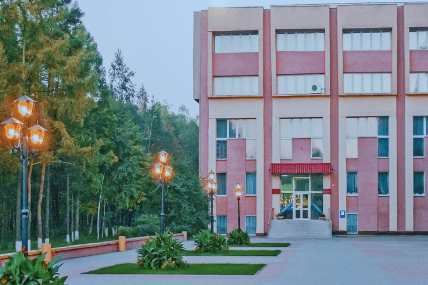

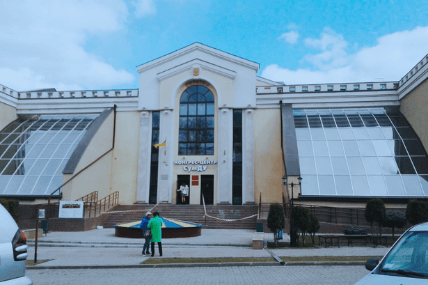
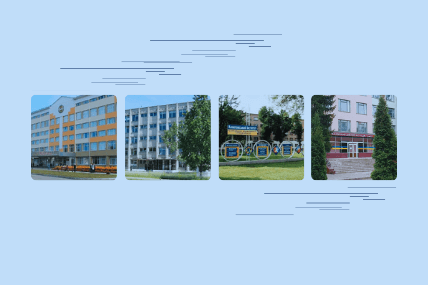
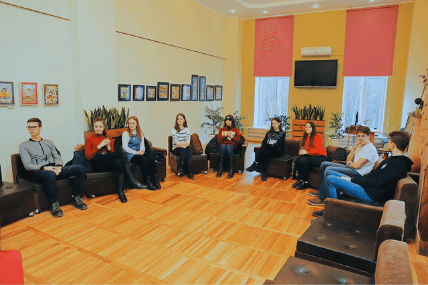
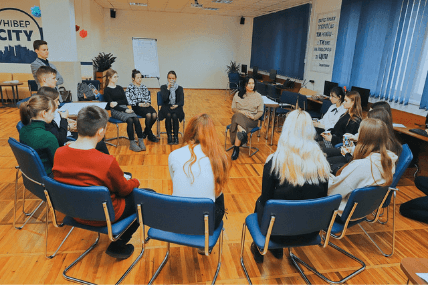
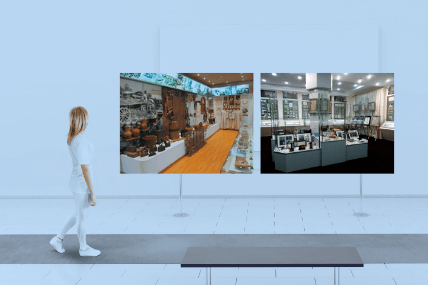




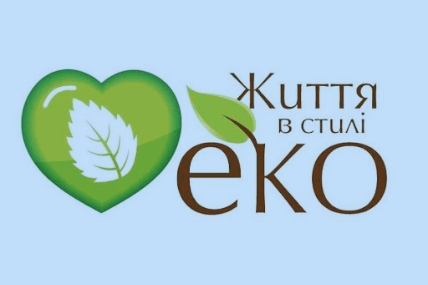



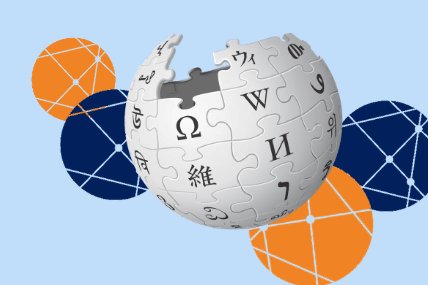















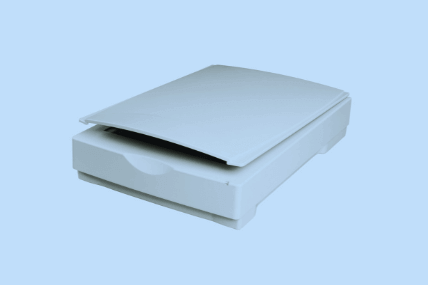












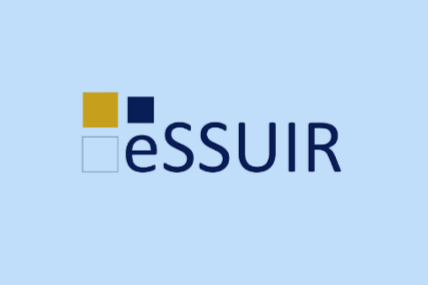
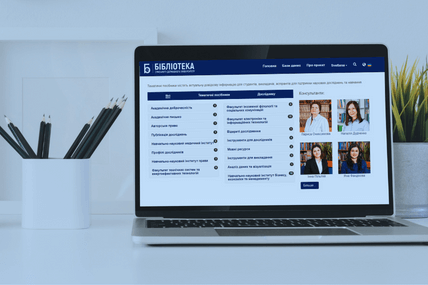
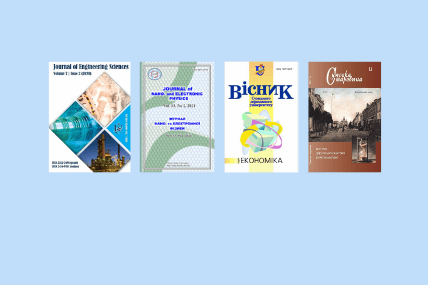
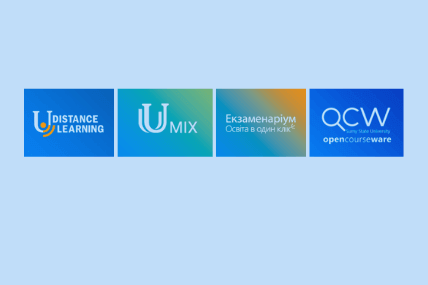

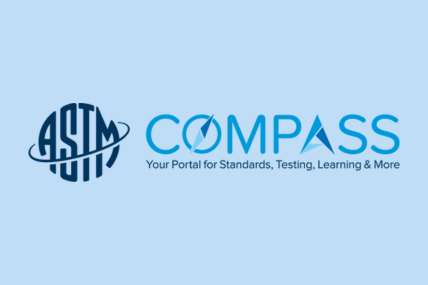

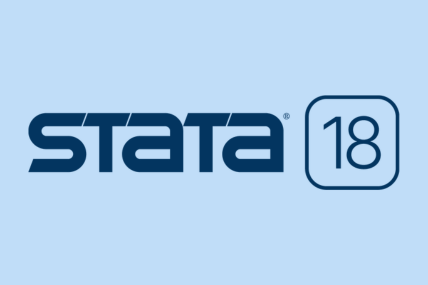


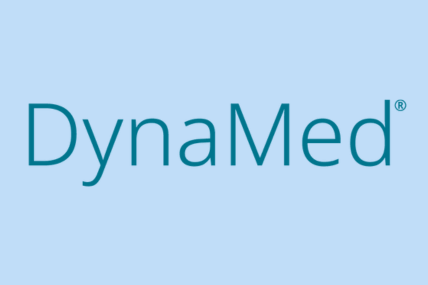

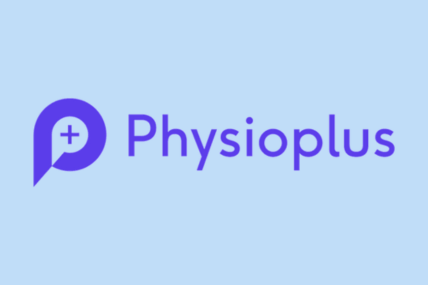



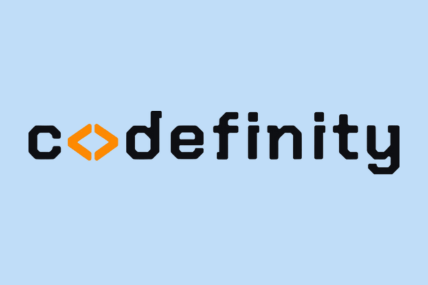

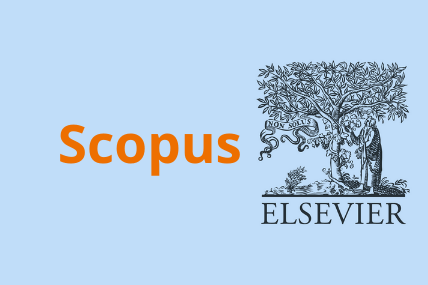
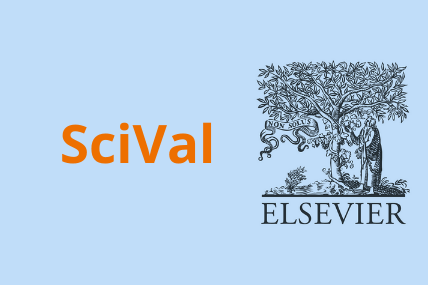
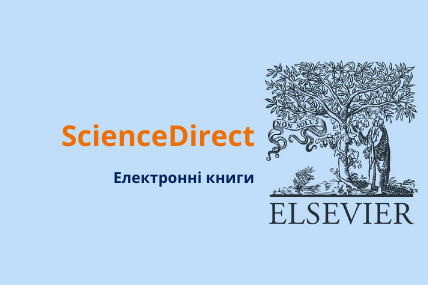
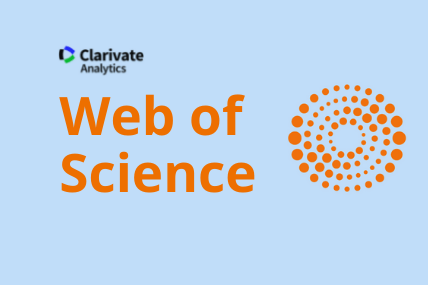
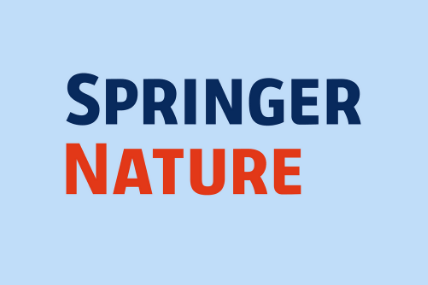

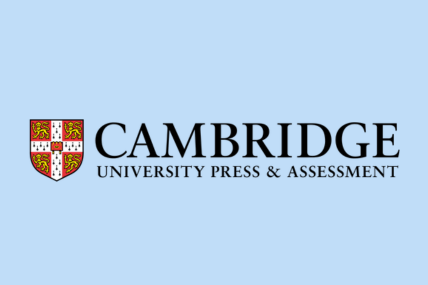

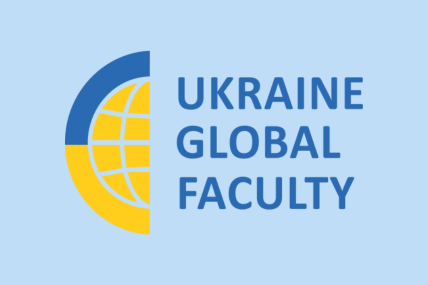











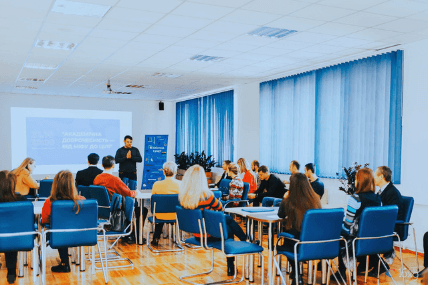


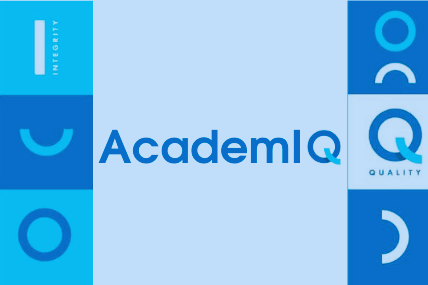







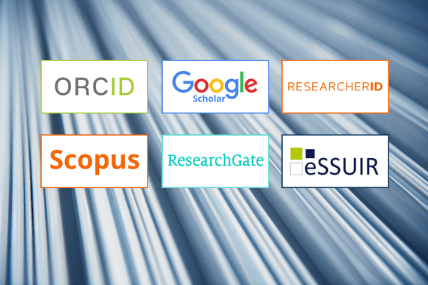







 укр
укр  eng
eng 


